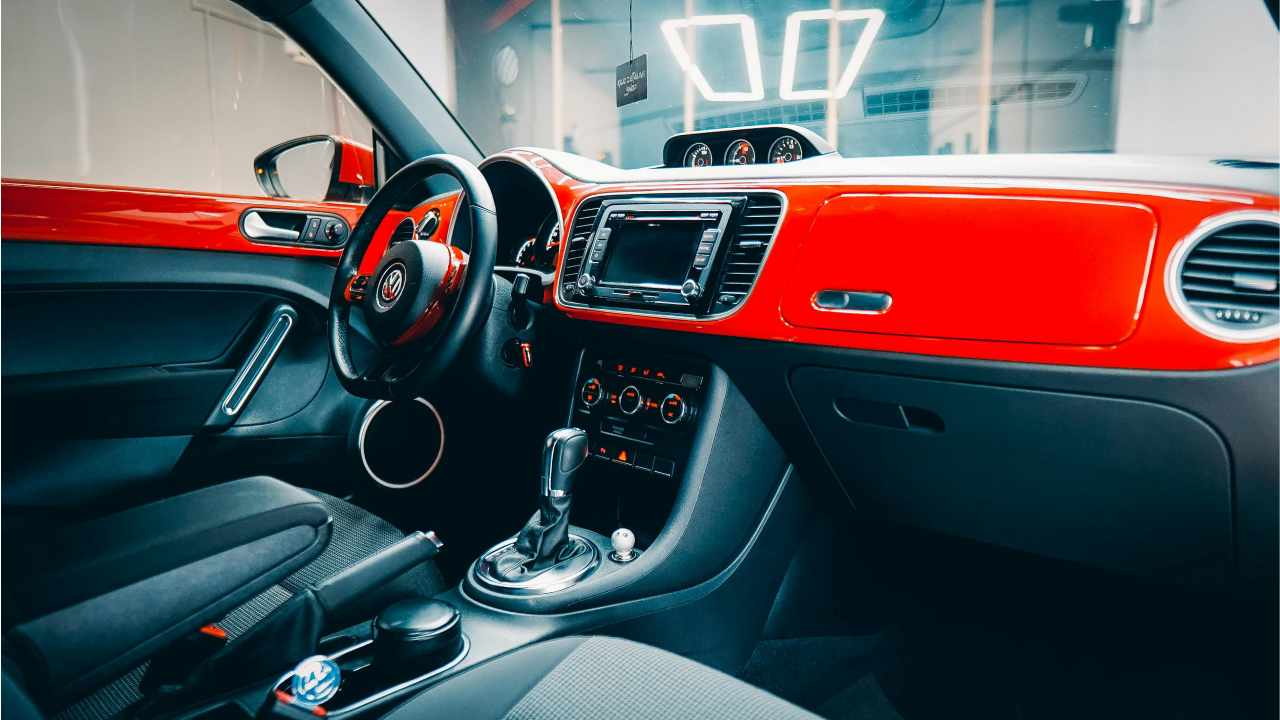Purchasing a used car can be a smart and cost-effective choice, but it’s crucial to approach the process with care and due diligence. A thorough inspection can save you from potential headaches and hefty repair bills down the road. Whether you’re a first-time buyer or a seasoned shopper, this guide will walk you through every critical step of evaluating a used car, ensuring that you drive off with confidence.
The Importance of a Thorough Inspection
A used car’s appealing price tag can sometimes mask hidden mechanical or cosmetic issues. Failing to inspect a vehicle thoroughly might result in costly surprises, such as engine trouble, worn-out brakes, or even unresolved recalls. This guide will help you avoid buyer’s remorse by highlighting the key areas to evaluate before making a purchase.
By conducting a detailed inspection, you’ll not only protect your investment but also gain the upper hand in negotiations. A well-informed buyer is an empowered buyer.
Research Phase: Understanding Your Needs and Budget
Before you even step foot on a dealership lot or scroll through online listings, take a step back to define what you’re looking for in a car.
1. Set Your Budget
Determine the maximum amount you’re willing to spend, considering not just the upfront cost but also insurance, taxes, and possible repairs. Remember, many used cars require some upkeep, so factor in an additional maintenance budget of at least 10-15% of the car’s price.
2. Identify Your Needs
Ask yourself:
- Do you need a car for commuting, family travel, or off-road adventures?
- How much cargo space and passenger capacity are essential?
- Should your car prioritize fuel efficiency, safety, or performance?
Being crystal clear about your needs can narrow down your search and save you loads of time.
3. Research Reliable Models
Some car brands and models maintain their reliability better than others. Use trusted resources like Consumer Reports and Kelley Blue Book to identify vehicles known for durability and reasonable maintenance costs.
Visual Inspection: Exterior and Interior Checks
Seeing is believing, and a physical check is your first line of defense against hidden issues.
Exterior Checks
- Body Damage: Inspect the car for dents, scratches, rust, and uneven paint, which could indicate previous accidents or poorly executed repairs.
- Tires: Check the tire tread depth and evenness of wear. Uneven wear could signal alignment or suspension issues.
- Lights and Windows: Test all headlights, brake lights, turn signals, and fog lights. Look for cracks or chips in the windows and mirrors.
Interior Checks
- Seats and Upholstery: Look for tears, stains, or excessive wear on the seats. Foul odors, particularly a mildew smell, could indicate water damage.
- Dashboard and Electronics:
- Test the air conditioning, heater, and audio system.
- Ensure dashboard warning lights turn on and then off when the car starts.
- Functionality: Check that the doors, windows, trunk, and hood open and close smoothly.
Mechanical Inspection: Engine, Transmission, and Suspension
While some mechanical issues require a professional mechanic to diagnose, you can look out for a few red flags.
Engine
- Under the Hood:
- Look for leaks, corrosion, or frayed wires around the engine bay.
- Check the oil level and condition. A low level or dark, sludgy oil could mean the car wasn’t well-maintained.
- Engine Noise:
Start the car and listen for strange sounds, such as knocking or squealing.
Transmission
- Automatic:
- Shift through all gears to ensure smooth transitions.
- Manual:
- Test the clutch for resistance. A slack clutch might need to be replaced soon.
Suspension and Brakes
- Suspension:
Push down on each corner of the car. It should bounce back smoothly without creaking sounds.
- Brakes:
When braking during your test drive (covered below), listen for grinding or squeaking and ensure the car stops efficiently.
Test Drive Tips: Assessing Performance on the Road
The test drive is your best opportunity to evaluate how the car performs in real-world conditions.
- Comfort and Ergonomics:
Ensure the seat and steering wheel adjustments feel right for you.
- Steering and Handling:
Pay attention to the car’s responsiveness. Does the steering feel loose or overly stiff?
- Acceleration and Brakes:
Test the car’s acceleration, and observe how quickly and smoothly the vehicle responds when slowing down or stopping.
- Unusual Sounds and Smells:
Listen for odd noises like rattling or whining. A persistent burning smell is a major red flag.
- Highway and City Driving:
Test the car in different driving conditions, including at higher speeds and during stop-and-go traffic.
Documentation Review: The Importance of Car History
The paperwork accompanying a used car is just as important as its physical condition.
- Vehicle History Report:
Request a report from reputable sources like Carfax or AutoCheck. This reveals information about past accidents, maintenance records, and title status.
- VIN Check:
Verify the car’s VIN (Vehicle Identification Number) on documents and on the car itself to ensure they match.
- Inspection and Recall Reports:
Check the National Highway Traffic Safety Administration (NHTSA) website for any unresolved recalls.
A clean, transparent history can give you peace of mind as a buyer.
Negotiation Strategies: Using Inspection Findings to Your Advantage
After completing your inspection, you’ll be armed with valuable information to negotiate a fair price.
- Highlight Flaws:
Use visible defects or potential mechanical issues as leverage to request a lower price.
- Reference Market Prices:
Show pricing data from sites like Kelley Blue Book, Edmunds, or TrueCar for similar models in your area.
- Don’t Rush:
Remember, you’re the buyer. Don’t settle for a deal that feels off, and don’t hesitate to walk away and continue your search.
Empowering Shoppers to Make Informed Decisions
Buying a used car can feel overwhelming, but with the right preparation and tools, you’ll be able to make a confident purchase. Step-by-step inspections, thorough research, and proper documentation review are your best defenses against hidden issues. Remember, knowledge is power—and it can save you both time and money.
If you’re looking for additional resources to ease your decision-making process, consider checking out tools like Carfax for vehicle history, NHTSA for recall checks, and Kelley Blue Book for market values.
Happy car shopping, and here’s to finding a reliable ride that’s perfect for you!

